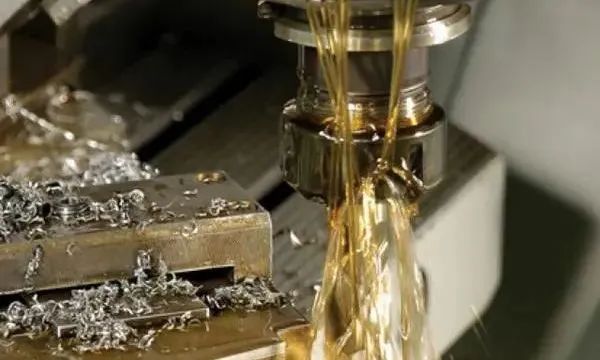
Privacy statement: Your privacy is very important to Us. Our company promises not to disclose your personal information to any external company with out your explicit permission.
Drawing oil, also called drawing fluid, is an indispensable industrial additive in the copper wire production process, which can reduce the wear of the metal wire and the eye mold in the copper wire drawing process, and obtain Good cooling effect. It is widely used in wire production, copper wire drawing and other industries. The concentration of drawing oil is closely related to the product quality of copper wire, so it is necessary to strictly control the concentration of drawing oil in actual production to ensure that high-quality copper wire is drawn.

Determination: Soft water with hardness below 50PPM, chloride ion below 10PPM, and no sulfate ion. Hard water with hardness above 200PPM is poor.
The influence of the drawing oil concentration on the process is the most important. Generally, the concentration used is about 2% to 3.5%, which varies according to different environments.
B. Simple method: Make an emulsion with 500PPM hard water and boil it for three minutes to observe the degree of oil slick. It would be better if there is an optical instrument to see the radius of the oil droplets in the emulsion.
C. Soft water and pure water have a long service life, but there is more foam, and an appropriate amount of defoamer can be added to adjust. Low temperature foam is more, and high temperature foam is less.
The United States federal government standard test method No. 650, that is, using a four-ball test machine test.
After the wire drawing fluid is used, it is inevitable that there will be foreign contaminants and the lubricant itself oxidized and deteriorated. These undesirable substances are collectively referred to as aging substances. The oil change time can be estimated from the amount of aging substances. The allowable amount of aging substances is 10% when oil is present.
B. Simple method: reduce the above measurement time to 3 minutes, that is, watch the discoloration of the copper sheet after boiling for one minute.
B. Simple method: add 1 ml of stretching solution to a 125 ml separatory funnel, add 49 ml of distilled water, adjust the pH to 3.0 with hydrochloric acid, add 10 ml of color-forming solution, shake the separatory funnel, and let it stand for a while. After the organic layer is clear, the organic layer is leaked out from the separating funnel, and the copper ion concentration is determined by colorimetry at 450NM of the colorimeter. The color-forming solution is provided by our company free of charge.
B. Simple method: It is determined by the color change of PH paper. The contact time between the PH paper and the test solution will take another three minutes to have a more correct color change.
Determination method: measure with conductivity meter or resistance meter.
November 08, 2024
April 26, 2024
April 26, 2024
Discussion on the problem of difficult cleaning of drawing oil for cold rolled sheet In the process of cold-rolled sheet processing, stamping and drawing is an important link, and the use of drawing...
Problems and solutions of burr, corrosion, difficult cleaning, volatilization insecurity in the use of stainless steel stamping and drawing oil In the process of stamping and drawing of stainless...
What are the hazards of too high oil ash? The harm of excessively high oil ash and the importance of low ash oil In the modern automobile industry, with the increasingly strict environmental...
How to distinguish lubricating oil impurities from sediment? And different handling strategies In the daily management of lubricating oil, it is important to distinguish and effectively deal with...
Email to this supplier
November 08, 2024
April 26, 2024
April 26, 2024
Send Inquiry

Mr. James
Tel:0086-371-58651986
Fax:
Mobile Phone:+86 13783582233
Email:sales@cn-lubricantadditive.com
Address:No.11 Changchun Road, High-Tech Zone, Zhengzhou, Henan
Related Products List
Mobile Site


Privacy statement: Your privacy is very important to Us. Our company promises not to disclose your personal information to any external company with out your explicit permission.

Fill in more information so that we can get in touch with you faster
Privacy statement: Your privacy is very important to Us. Our company promises not to disclose your personal information to any external company with out your explicit permission.